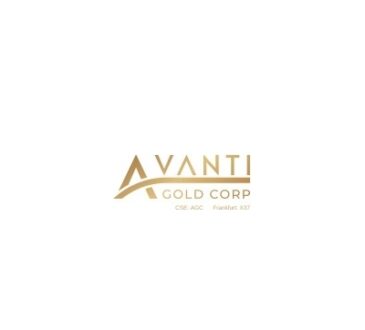Core Natural Resources Jumps 32% Amid Resource Price Rally and Regulatory Optimism in 2025

If you’re trying to make sense of what to do with Core Natural Resources stock right now, you’re definitely not alone. After a rocky start to the year, which saw shares lag behind the market with a -10.7% drop year-to-date, the past month has delivered an energizing turnaround. Core is up a remarkable 32.5% over the past 30 days and 8.6% just in the last week. That kind of jump always gets investors talking, often with a mix of hope and caution, especially after a longer-term pullback of -12.3% over the past year. Taking a step back, the bigger picture shows this stock has risen 51.7% in three years and an eye-popping 2439.5% in five. Not many companies can match that.
Some of that recent excitement has been stoked by sector-wide optimism around resource prices and anticipation of regulatory changes favoring domestic extraction. Both of these factors have boosted risk appetite for companies like Core. Despite ups and downs, the numbers hint at resilience and possibly even undervaluation. In fact, when we run Core through our standard six-point value checklist, it scores a solid 4, which means it meets the criteria for being undervalued in four of six major tests. Still, understanding whether it is truly a bargain or just riding sentiment requires a closer look.
Let’s dive into the actual valuation approaches that analysts use to judge Core. Stay tuned, because there is an even more insightful way to look at value that will be discussed before the end.
Why Core Natural Resources is lagging behind its peers
The Discounted Cash Flow (DCF) model is a preferred valuation approach among analysts because it estimates the value of a business by projecting future cash flows and then discounting them back to today’s dollars. In other words, it looks ahead to what Core Natural Resources is expected to earn over time and asks, given the risks and timing, what all those future dollars are worth right now.
For Core, the starting point is last year’s free cash flow of $149 million. Analysts forecast strong growth, with projected free cash flow reaching $747 million in 2026 and $792 million in 2027. Projections for the following years taper off somewhat, landing at an estimated $531 million in 2035. These future estimates blend both analyst opinions and systematic extrapolation for years where data is sparse, covering a ten-year window.
When all these future cash flows are totaled up and discounted, the DCF model arrives at an intrinsic value per share of $233.74. Compared with the current share price, this represents an implied discount of 58.7%, which may suggest the stock is undervalued at these levels.




